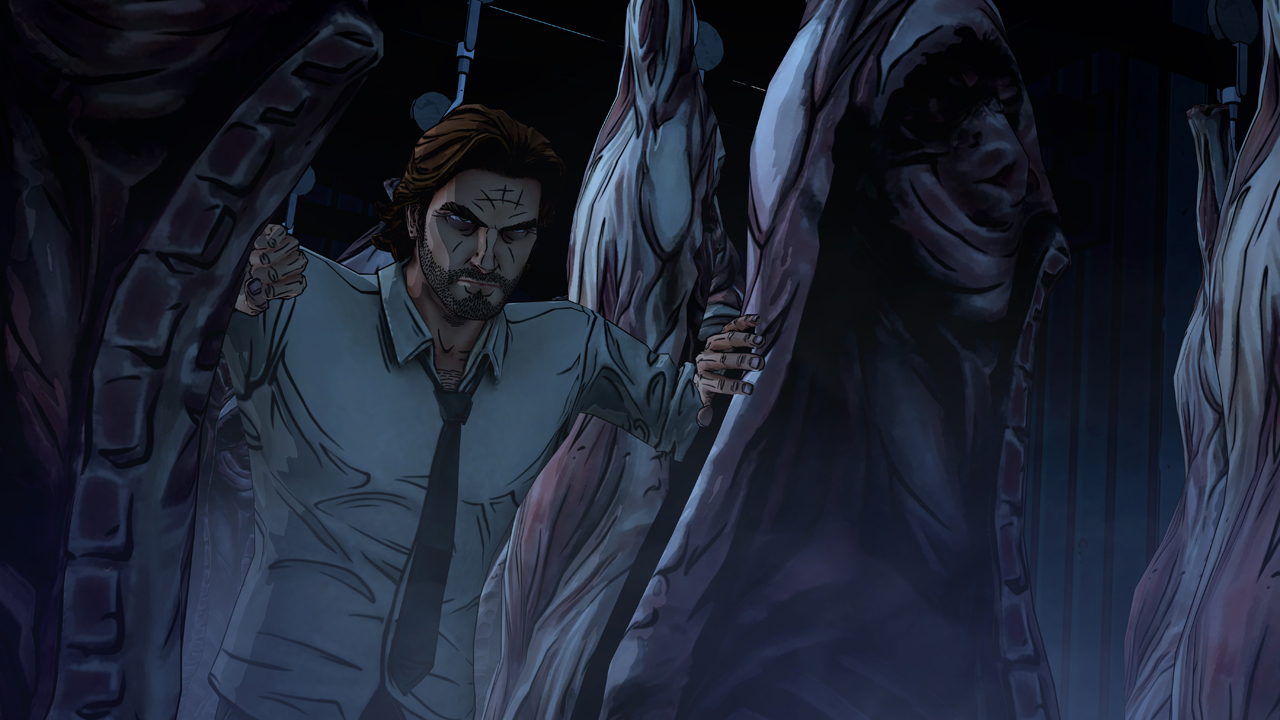

In 2018, the Service proposed a revised 10(j) rule to replace the existing regulations, published in 1995, governing the nonessential experimental population in eastern North Carolina (NC NEP). To date, the Service has provided $771,000 through FY18, FY19, and FY20 Recovery Challenge Grants for the construction of additional red wolf enclosures. The Service stated it would provide resources to the SSP and work with the SSP and other partners to expand space capacity. Those protections were lifted a decade ago, based in part on assurances the states would maintain viable wolf populations.In 2016, the Service made increasing the size of the Species Survival Plan (SSP) population (the captive population) a priority. Rockies states including Montana, Idaho and Wyoming. Fish and Wildlife Service said it would examine if federal endangered species protections should be re-imposed for more than 2,000 wolves in six northern U.S. The increasingly aggressive attitude toward the predators among state lawmakers has raised concerns within the federal government that overhunting could scuttle the costly effort to restore wolves in wild areas of the West. State regulations allow Montana’s fish and wildlife commission to review hunting seasons for different regions of the state when their individual harvest thresholds are met, or statewide when the total number killed reaches 450 wolves. The wolf season for the rest of the Montana is scheduled to run through March 15. What's the justification for this damage?” “The same packs that my clients pay me to see on every wildlife watching tour all year round. “These are the most viewable wolves in the lower 48, if not the world,” McGary said. Nature guide Cara McGary, who leads tourists on wildlife watching trips into the park from Gardiner, Montana, said the hunting along the park's border targeted wolves where their greatest economic value was in being alive so tourists can see them. One pack - the Phantom Lake Pack - is now considered “eliminated” after most or all of its members were killed over a two-month span beginning in October, according to the park. “We have a statutory obligation to reduce the wolf population,” said Patrick Tabor, vice chair of Montana's Fish, Wildlife and Parks Commission, prior to Friday's vote.īut the killings just outside Yellowstone have infuriated wildlife advocates and brought condemnation from some businesses that depend on park tourism. There are more than 1,000 wolves in the state. The 184 wolves killed statewide so far this season has been in line with recent years, Montana officials said. Such attacks are frequently cited by ranchers who want to reduce wolf numbers. In the last three years, Sholly wrote, there's been only one attack on livestock by wolves in Park County, Montana, just north of the Yellowstone. Sholly told wildlife commissioners in a letter released Friday that park wolves spend only 5 % of their time outside the park. He was later given a warning for violating state hunting rules by killing the wolf without first taking a mandatory trapper education course. Gianforte trapped and killed a radio-collared wolf from Yellowstone last year on private land near the park. Greg Gianforte told Yellowstone Superintendent Cam Sholly in a recent letter that once a wolf exits the park and enters Montana it may be killed under state rules. Montana also eliminated the longstanding quotas. Urged by ranchers and hunters who want fewer wolves, Republican lawmakers in Montana and Idaho last year loosened hunting and trapping laws to allow night hunting, higher harvest limits, the use of snares and even aerial hunting in Idaho. The park is now down to 91 wolves, spokesperson Morgan Warthin said.

northern Rocky Mountains more than 25 years ago after being widely decimated last century. That's the most in a season since the predators were restored to the U.S. Twenty-three wolves from park packs have been killed so far this winter - 18 in Montana, three in Wyoming and two in Idaho, according to Yellowstone officials. So far 76 have been reported killed in that area. Under Friday's unanimous commission vote, hunting and trapping for wolves in southwestern Montana will be barred once the number killed in the region hits 82 animals.


 0 kommentar(er)
0 kommentar(er)
